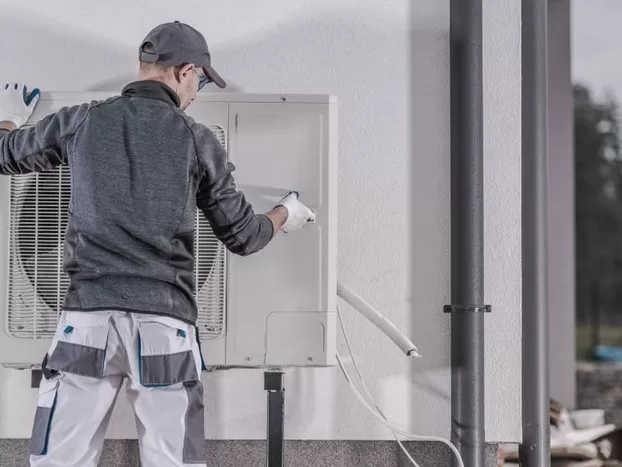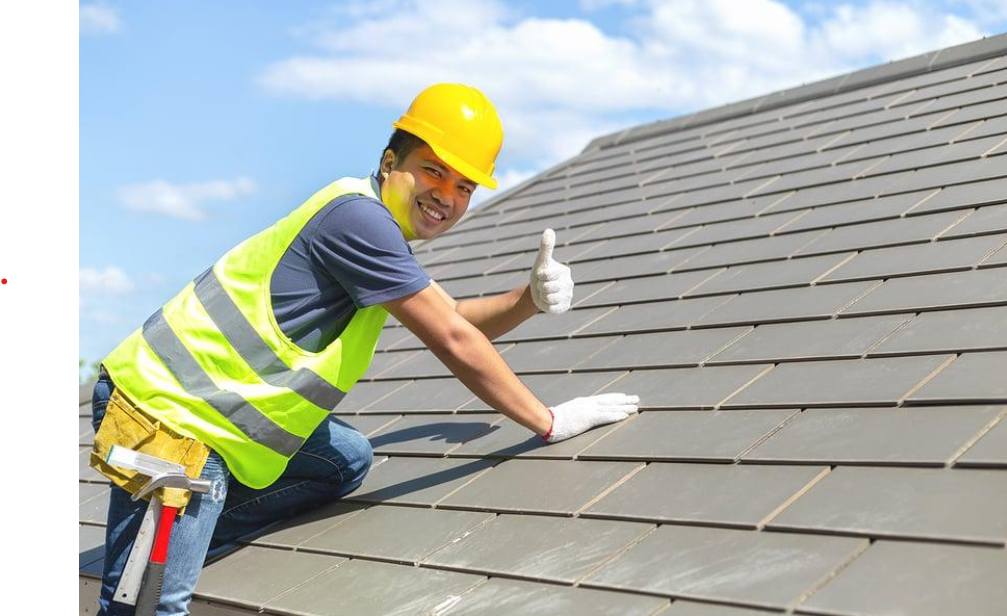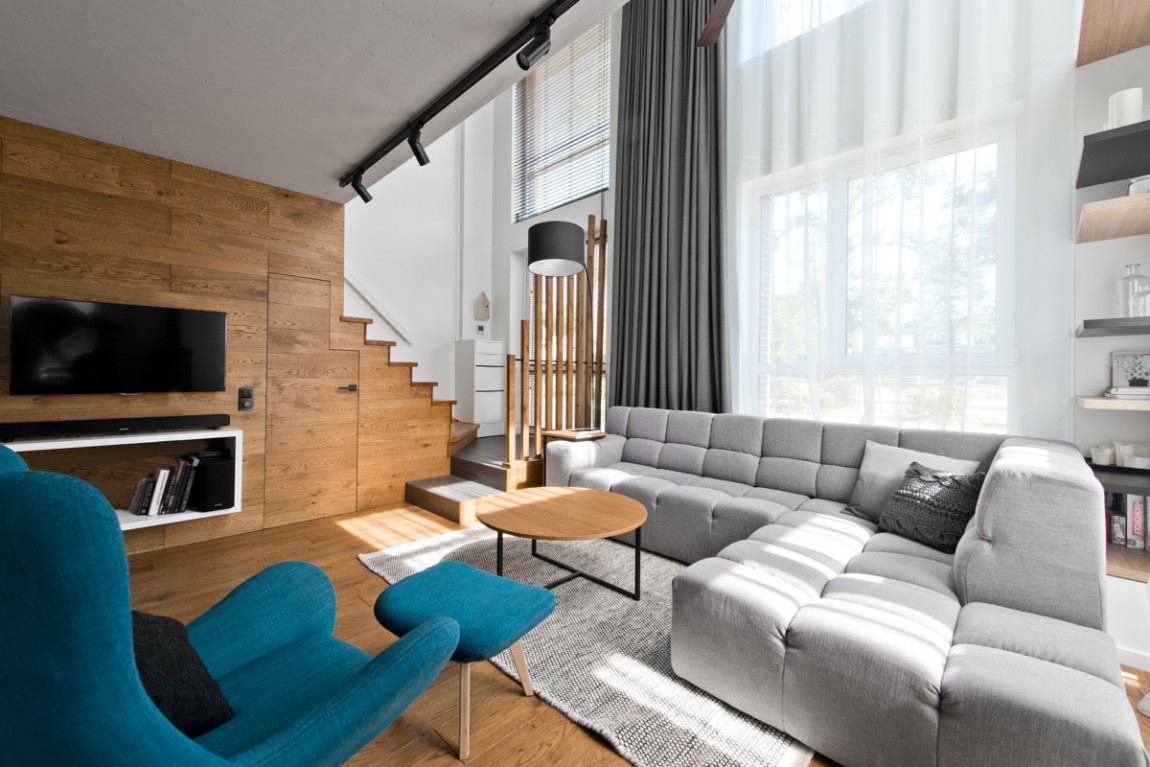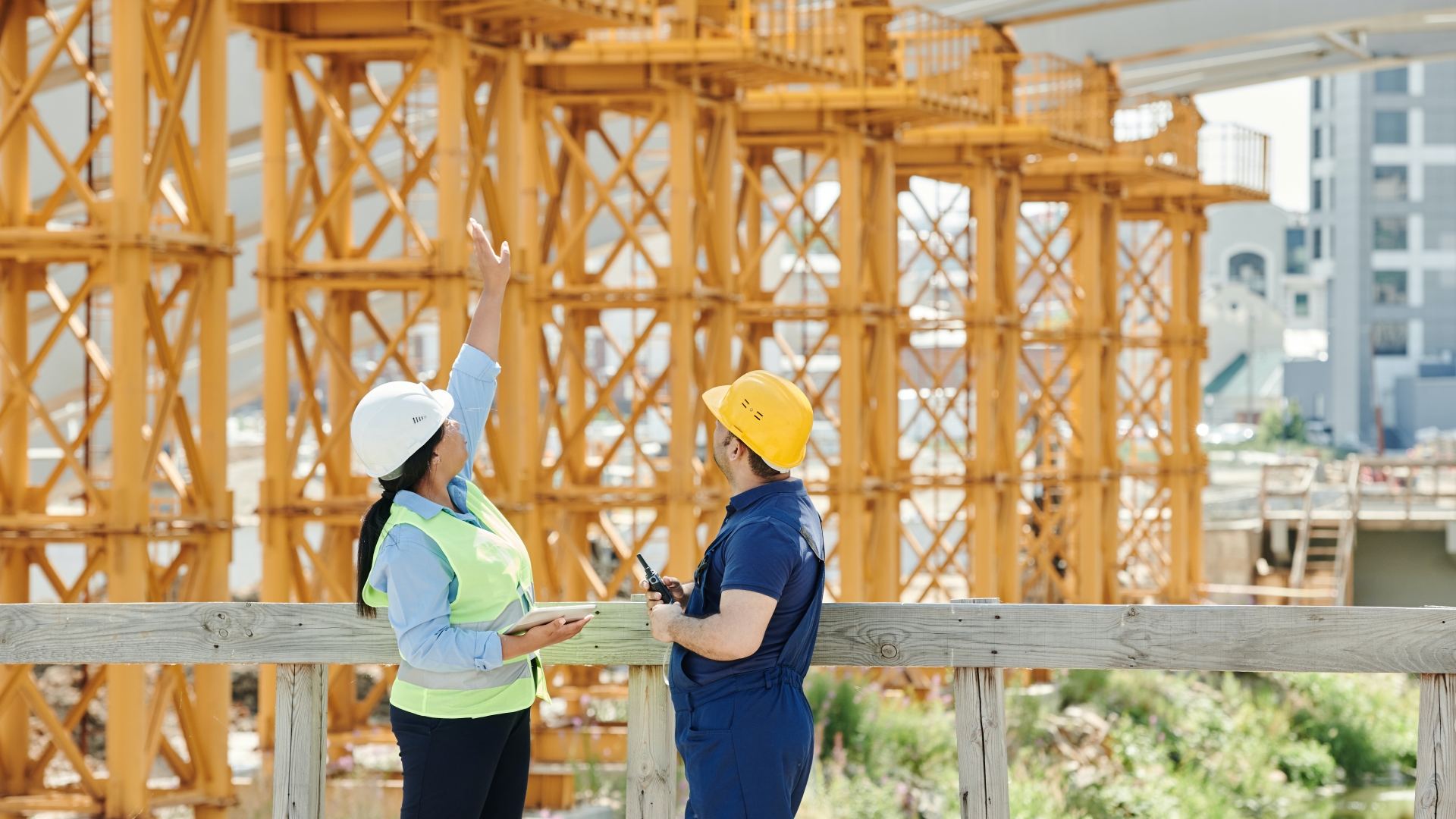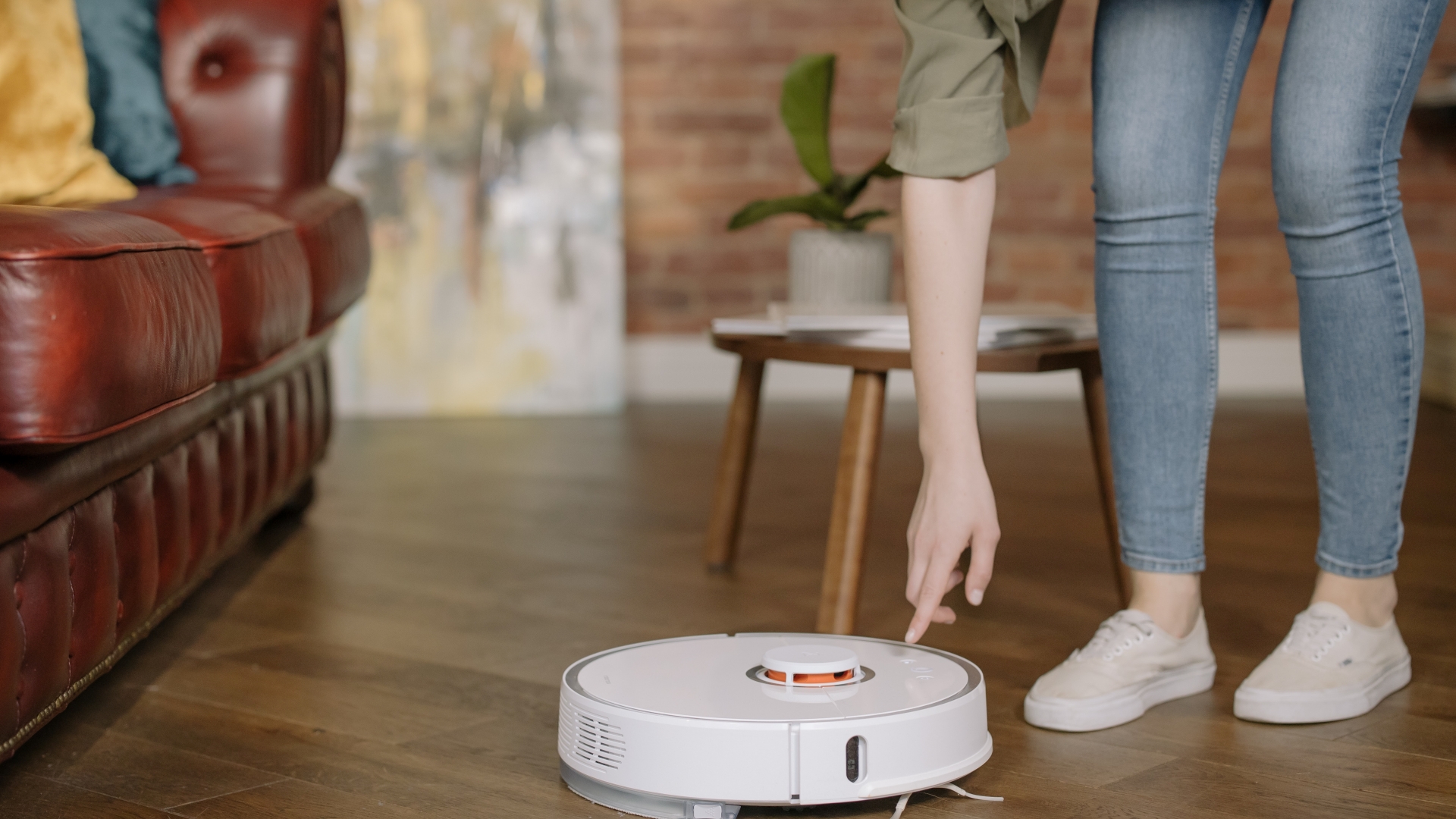If you’re here, you might already know that any architecture project needs 3D printing to gauge whether it is structurally sound or not. This is not only necessary for the safety and stability of the structure but also for aesthetic reasons. This is where 3D printing and detailing come in.
So, What are some Ways in Which 3D Printings Help?
Realism
3D printings make it possible to have a close-to-life augmentation of spaces. Instead of relying on 2D blueprints that don’t show you much, a 3D print is far more promising and something you can work off of. This detailed visualization removes confusion and enables all stakeholders to figure out the space better.
Space Optimization
It goes without saying that you need 3D printing to help architects and engineers explore spaces and strategize how to best use them. You can shuffle furniture, walls, and other fixtures virtually to get a good feel of the most comfortable layout.
Virtual Reality Integration
One of the biggest advantages is how 3D printing segways into virtual reality technology. VR enables your clients to experience a situation of the space, enabling an immersive feeling that is crucial for design validation.
Cost Savings
One of the biggest advantages of using 3D printing is the amount of money it saves. The use of 3D printing hugely reduces the total time and resources and trial and error that goes into visualizing and modifying design elements. This leads to a significant overall saving in costs.
Better Communication
Another advantage posed by 3D prints is that it improves the communicability of the project. The 3D plans are virtual and hence, easy to share. They can be accessed by all members of the design manufacturing and building team, regardless of where they’re located. This makes it much easier and more accessible for team members to keep ahead of potential design updates and collaborate without a hitch.
Quality Control
3D printing also comes in handy when it comes to spotting bottlenecks and analyzing how safe and effective a design is. If something is not up to the mark, it is easy to modify the plan without tearing down any real progress from scratch. This can help save your project by avoiding major architectural mistakes.
Wrapping Up
This brings us to a close on why 3D printing is the best way to go about any architectural engineering project. After all, any establishment or structure needs stability and safety, and you need to be able to visualize it first. The only way to ensure it is functional and works well is through 3D printing that you can maneuver and modify.





